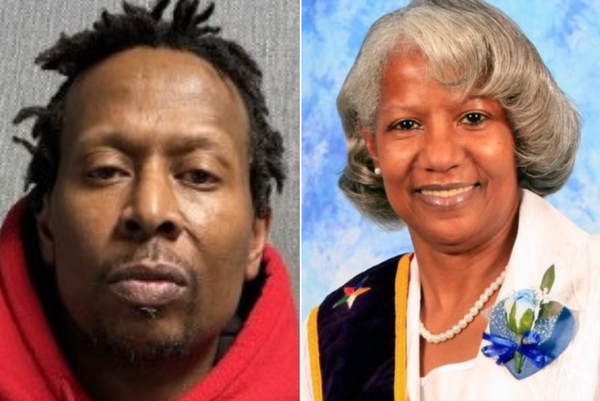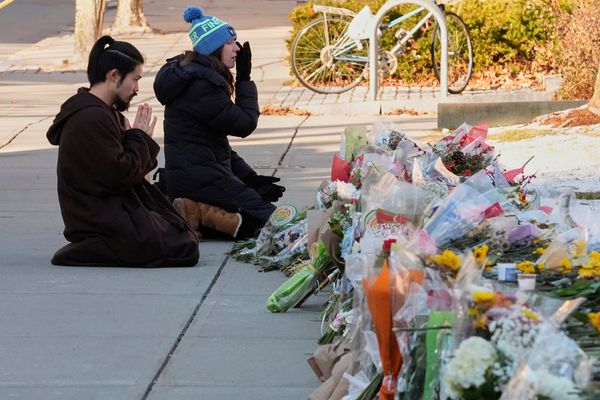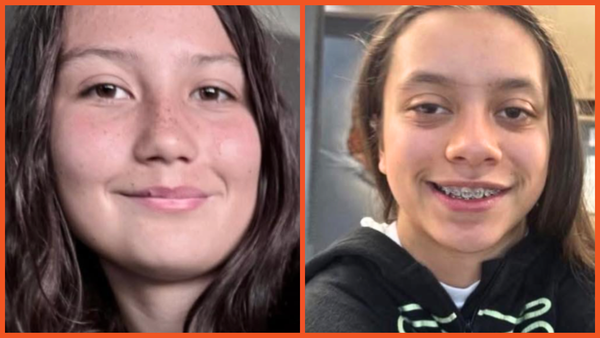
With “Untitled” (America), The Whitney celebrates 10 years in its new space and offers visitors a statement on what the museum is all about. Combing the institution’s archives, it brings together 80 years of American art, from the turn of the century up through the 1980s.
As art historian and Whitney chief curator, Kim Conaty, was hard at work curating “Untitled” (America), she envisioned the Whitney as a place of refuge and nourishment for artists who have furnished new ways of seeing and new historical narratives. “When I think of the very brave work of artists over decades,” she said via video interview. “I’m excited by how it’s possible for us now through their work to see the questions they have put forth, the histories they have made visible. We need to give our support to those artists who have done that hard thinking and helped reveal or made visible our history and helped us see new futures.”
In envisioning exactly what the Whitney is all about, Conaty was particularly inspired by a quote from Cuban-American artist Félix González-Torres, which reads in part: “America has always been an unattainable dream, a place to dream about … The America that I now know is still a place of light, a place of opportunities, of risks, of justice, of racism, of injustice, of hunger and excess, of pleasure and growth. Democracy is a constant job, a collective dedication.”
González-Torres’s 1994 piece “Untitled” (America) figures prominently in the show. The piece, which consists of 12 individual strings of 42 lightbulbs each, had long been displayed in the Whitney’s stairwell, but for this show it sits in a window on the museum’s western face, creating a kind of connection to the world beyond the galleries. “I liked the openness, the ambiguity, and the kind of poetry that is the challenge of González-Torres’s work,” said Conaty. “His decision to use the word ‘America’ felt like it was in keeping with a kind of questioning that many people are having now. While we were planing the show, for some reason I kept thinking about that specific work. It just feels emblematic about what it is to be a museum of American art – evocative, abstract in a way, everyday in a way.”
Opposite Gonzalez-Torres’s piece, “Untitled” (America) is headed by five major works of art that greet visitors when they step off the elevator and on to the museum’s seventh floor: Jasper Johns’s sculptural, landmark piece Three Flags, Black portraitist Barkley Hendricks’s bravura work Steve, Cherokee landscape artist Kay WalkingStick’s ephemeral April Contemplating May, Georgia O’Keeffe’s conceptual Summer Days, and Alma Thomas’s sci-fi abstraction Mars Dust.
Taken together, the five works make for a fascinating suite that boldly states the many sides of the United States – as well as the many artistic movements within it – that “Untitled” (America) seeks to foster conversations around. A strength of the show is how effortlessly it fosters surprising dialogues between seemingly disparate pieces.
Discussing the five openers, Conaty was enraptured by each for the different artistic pathways they opened up, but also saw the grouping of them as more than the sum of the individual parts. “They all have a way of opening up different approaches to art-making,” she observed. “Part of the selection was how they looked together –visually, how do these paintings work together in an associative way? You also have to imagine what are the stories behind these works.”
Fostering conversations between the pieces was high on Conaty’s mind as she curated the show. She opted for a more free-flowing experience in which audiences are able to chart their own path through the exhibition, carefully placing and shaping the show’s walls to encourage free associations and connections. “We designed it so that all in one view you see a particular work, but you also see the work far behind it,” she explained. “We were thinking about sightlines that allow visitors to make visual connections between works. That’s where you find a lot of serendipity – when you’re working in a much more open architecture, you see so much, you take in so much. When you’re actually installing the work, you realize, oh this is kind of fascinating.”
One of the new acquisitions highlighted in the show is Native American artist Fritz Scholder’s striking 1970 work Massacre at Wounded Knee II. Tending toward abstraction, the great majority of the painting is done in off-white, with a thin, undulating band in green at the top and two abstracted figures in stark red, gesturing to the many murders that the painting represents. The title refers to an 1890 incident in which well over 300 Lakota people were either killed or wounded by the US military as part of a long-term campaign to seize the Lakota people’s lands.
“It depicts a site of trauma, as well as a history that’s undertold or told differently in history books,” said Conaty. “It looks like an abstraction but is actually based on historical documentary photographs. Looking at it, you get a sense of violence, a haunted landscape.”
Conaty connected Scholder’s work to a grouping of Black artist Jacob Lawrence’s War Series, for which he received a Guggenheim, and which he made after completing service as part of the US Coast Guard during the second world war. The 14 works, which blend aspects of figuration and abstraction, document various aspects of the experience of fighting in the military, including shipping out, being on leave, battling for a beachhead, and victory. “Together, Lawrence’s and Scholder’s works tie into histories of the American landscape, histories that are tied in with trauma,” said Conaty. “They imagine alternatives to more heroic American narratives.”
For Conaty, combing through the Whitney’s huge holdings was an overwhelming experience. She described the process of curating “Untitled” (America) as one of constant discovery, as well as an object lesson in the power of confronting great works of art. “There were so many works that we ended up falling in love with that weren’t necessarily on the a list of our plans,” she said. “You learn about the real power of some of these objects that you get used to seeing things in PowerPoint slides. When you’re in front of the actual thing, it’s just like that sort of powerful, visceral feeling.”
Ultimately, Conaty hopes that “Untitled” (America) will offer audiences a sense of inquiry, inspiring many to continue the work of renewal that is key to America’s capacity to thrive, improve itself, and weather dark political storms. “I like that we allow that idea of America to have a subtle question mark,” she remarked. “It’s something that’s constantly being rethought, reimagined.”
“Untitled” (America) is on display now at the Whitney Museum of American Art







